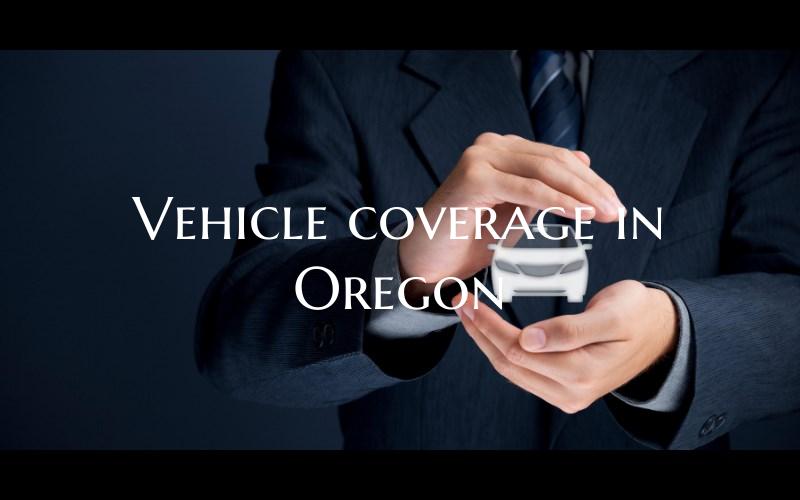Vehicle Coverage in Oregon: Understanding the Basics
Oregon state law requires all drivers to carry minimum auto insurance coverage to protect themselves and others in the event of an accident. Vehicle coverage in Oregon typically includes three main types of coverage: 1. Liability Coverage: This type of insurance covers bodily injury and property damage that you may cause to others in an accident. Oregon requires drivers to have a minimum liability coverage of $25,000 per person for bodily injury, $50,000 total for bodily injury per accident, and $20,000 for property damage. 2. Uninsured Motorist Coverage: This coverage protects you if you are in an accident with a driver who does not have insurance. Oregon law requires uninsured motorist coverage with the same limits as your liability coverage, unless you specifically reject this coverage in writing. 3. Personal Injury Protection (PIP): PIP coverage helps pay for medical expenses and other related costs if you or your passengers are injured in an accident, regardless of who is at fault.
Apart from these basic requirements, drivers in Oregon may opt for additional coverage such as collision and comprehensive coverage to protect against damages to their own vehicle in various scenarios like accidents, theft, vandalism, or natural disasters.
Before purchasing vehicle coverage in Oregon, it's important to shop around and compare quotes from different insurance providers to find the best coverage options that meet your needs and budget. Additionally, it's crucial to understand your policy terms, coverage limits, deductibles, and any exclusions to ensure you have adequate protection on the road.
Remember, driving without proper insurance coverage in Oregon can result in fines, license suspension, and other legal consequences. Therefore, staying informed about the state's auto insurance requirements and having the right coverage in place is essential for responsible driving and financial security.

